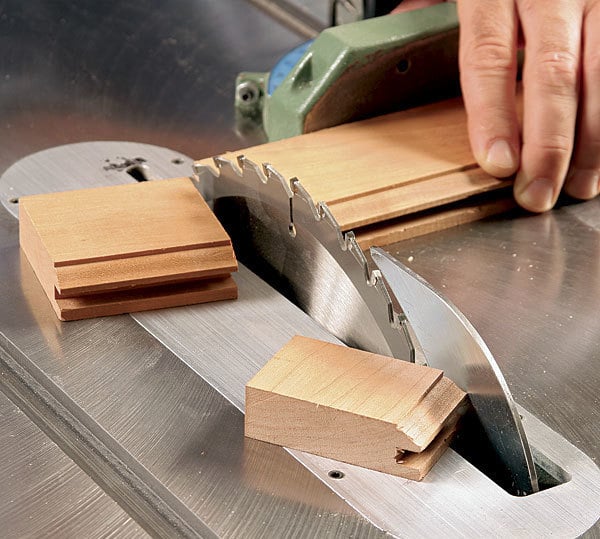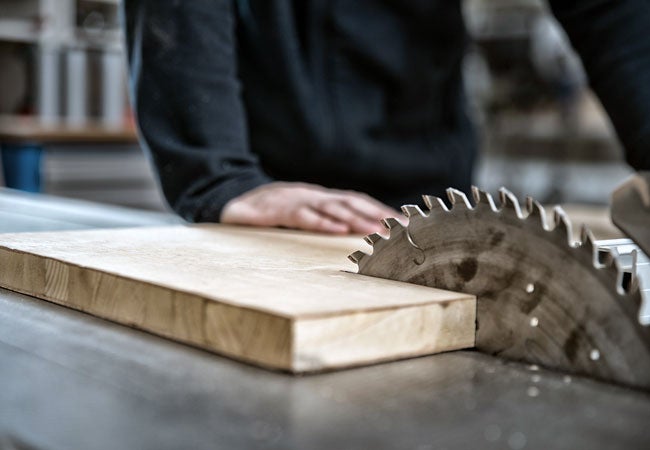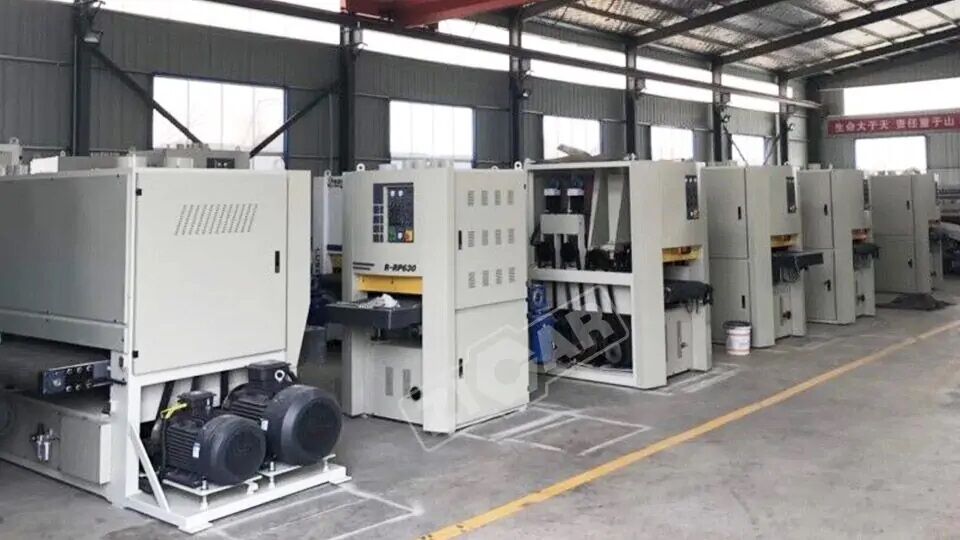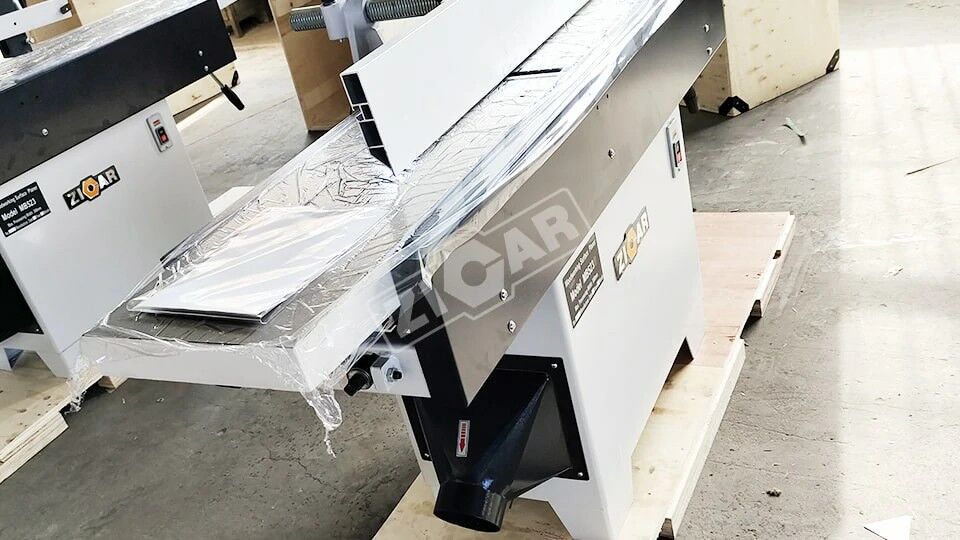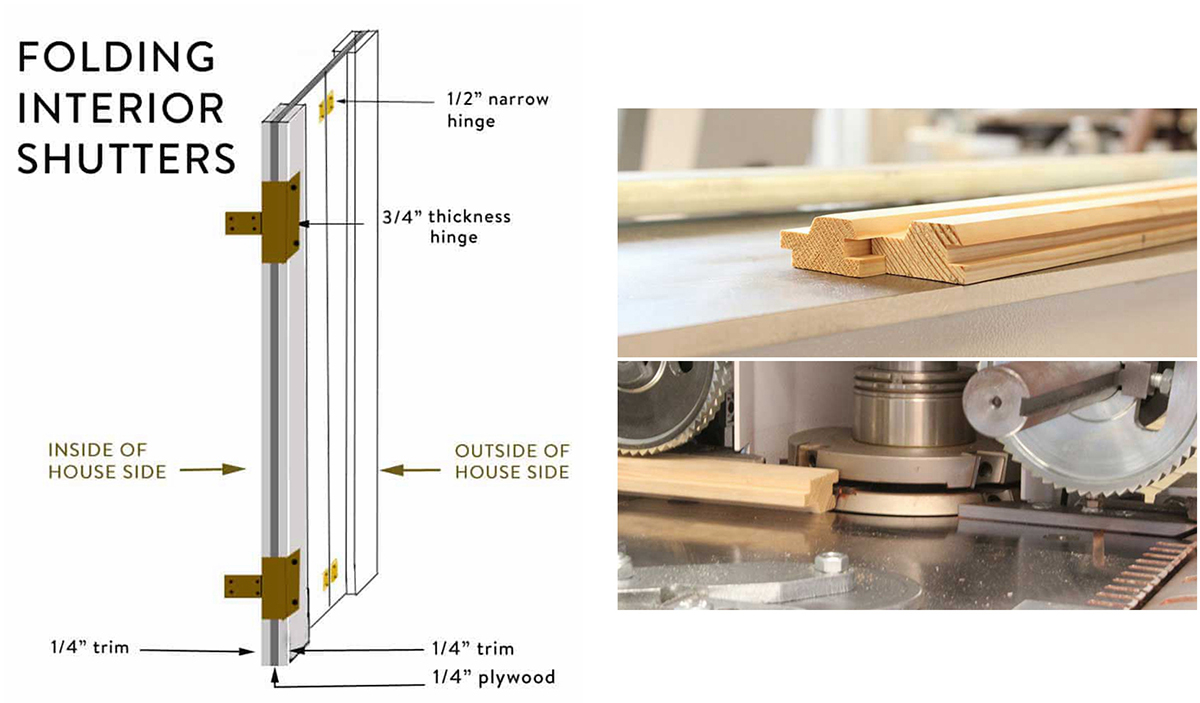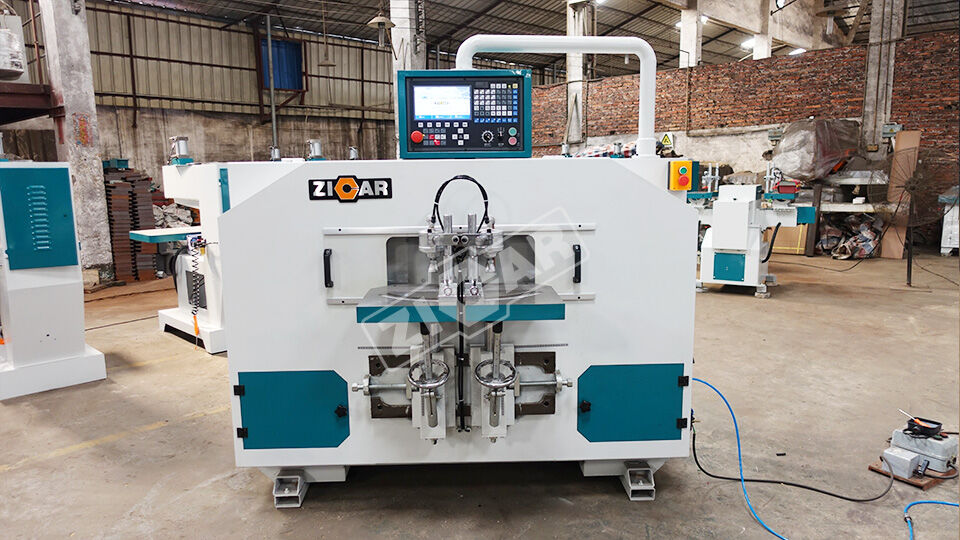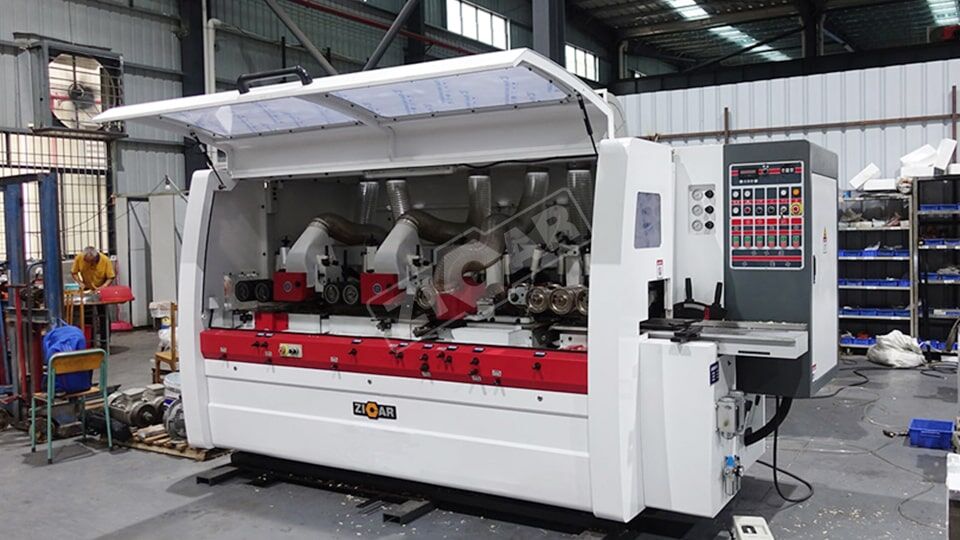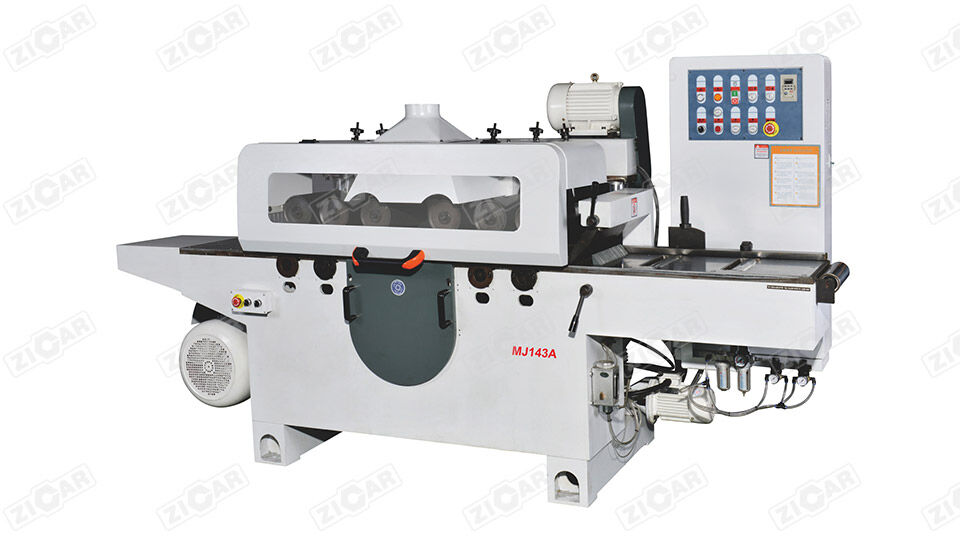Welcome to Jaya International Co., Ltd one-stop shopping solutions for large solid wood machinery
How to use a rip saw
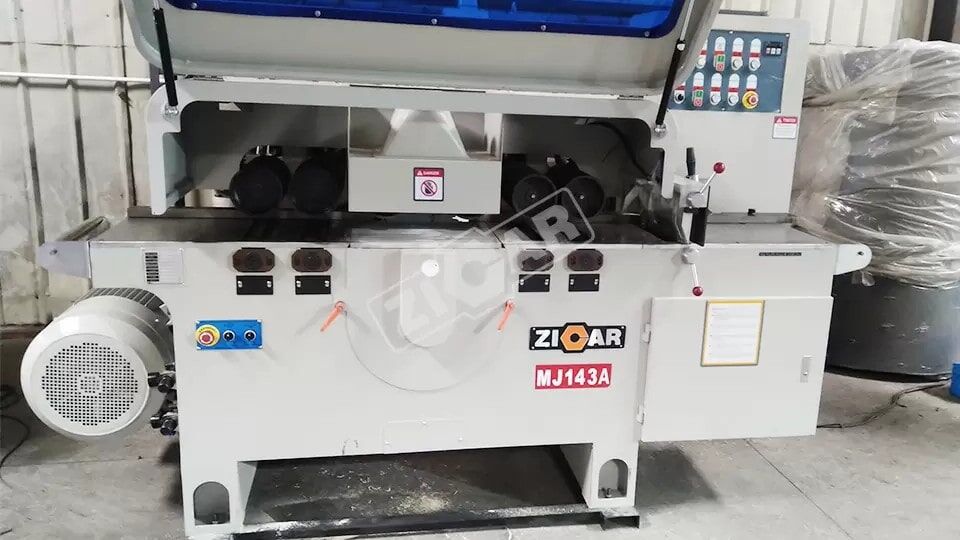
Introduction To The Rip Saw Machine
The rip saw machine, a fundamental tool in woodworking, plays a crucial role in cutting wood efficiently and precisely. Designed specifically for ripping boards or planks along the grain, this powerful device has revolutionized the timber industry. With its sharp and coarse-toothed blade, the rip saw machine effortlessly slices through various types of wood, enabling craftsmen to create straight-edged pieces with ease.
Equipped with advanced features such as adjustable fences and automatic feed systems, modern rip saw machines offer enhanced safety measures and increased productivity. These machines can handle large volumes of lumber at high speeds, making them indispensable in commercial woodworking operations.
In this article, we will explore the key components and functionalities of a rip saw machine. We will delve into its history, highlighting its evolution from manual tools to automated machinery. Furthermore, we will discuss the different types of rip saws available today and their applications in various woodworking projects.
Key Features And Components Of A Rip Saw Machine
A rip saw machine is an essential tool used in woodworking to cut boards lengthwise, parallel to the grain. This versatile machine offers several key features and components that enable precise and efficient ripping operations. One crucial feature of a rip saw machine is its powerful motor, which provides the necessary horsepower to drive the saw blade at high speeds. The blade itself is another essential component, typically made from high-quality steel or carbide-tipped for durability and precision cutting.
To ensure accuracy, rip saw machines are equipped with an adjustable fence that guides the workpiece along the desired cutting path. Additionally, some models feature laser guides or digital displays that enhance cutting precision and reduce human error. Safety features play a vital role in these machines as well. Most rip saws include emergency stop buttons, blade guards, and anti-kickback devices to protect operators from potential accidents during operation.
How A Rip Saw Machine Works
A rip saw machine is a powerful tool used to cut wood along its grain, known as ripping. This subtopic will explore the basic functioning of a rip saw machine.
The process begins with feeding the wood piece into the machine, aligning it against the fence for straight cuts. The operator then activates the motor, which powers a circular saw blade with sharp teeth designed for ripping. As the blade rotates at high speed, it cuts through the wood, removing a thin strip in its path.
To ensure precision and safety, rip saw machines often have adjustable features such as blade height and angle settings. Some advanced models may also include automated feed systems or laser guides to enhance accuracy.
It is crucial for operators to follow safety protocols while operating these machines due to their high power and potential hazards. Regular maintenance and blade sharpening are also necessary to ensure optimal performance and longevity of the rip saw machine.
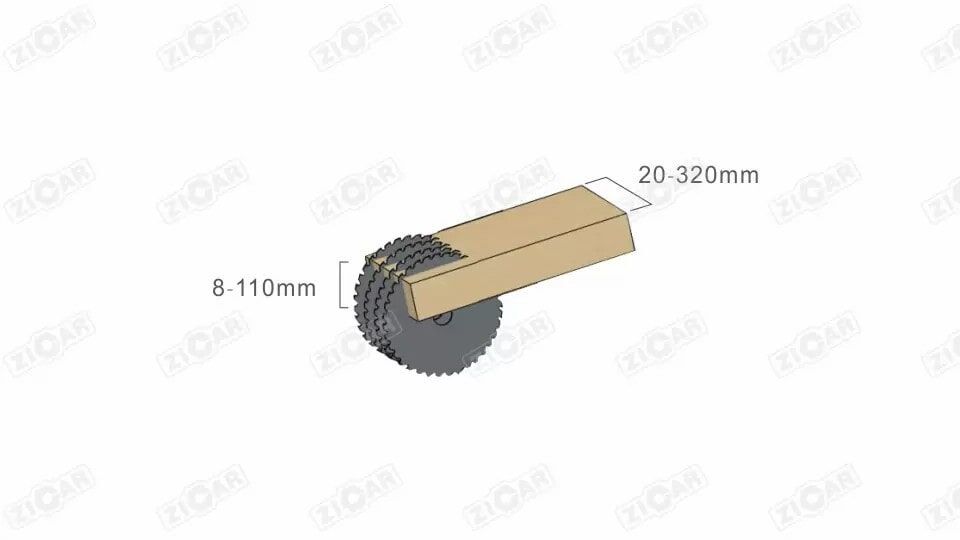
Safety Precautions When Operating A Rip Saw Machine
Operating a rip saw machine requires strict adherence to safety protocols to prevent accidents and injuries. Prior to using the machine, it is crucial to receive proper training and familiarize oneself with its components and functions. Here are some essential safety precautions to follow:
1. Personal Protective Equipment (PPE): Always wear appropriate PPE, such as safety goggles, ear defenders, gloves, and steel-toed boots to protect against flying debris, loud noise, and potential contact hazards. 2. Secure Workpiece: Ensure the workpiece is firmly secured using clamps or fixtures before starting the rip saw machine operation. 3. Blade Inspection: Regularly inspect the saw blade for any signs of damage or wear.
Replace or repair damaged blades immediately. 4. Clear Workspace: Keep the work area clean and free from clutter to avoid tripping hazards or interference during operation. 5.
Applications And Benefits Of Using A Rip Saw Machine
The applications and benefits of using a rip saw machine are numerous and far-reaching. Primarily, these machines are used in the woodworking industry to cut wood along its grain, producing long, parallel boards or planks. This makes them indispensable for tasks such as creating flooring, paneling, or furniture components. The main advantage of utilizing a rip saw machine lies in its efficiency and precision.
These machines are designed to make quick and accurate cuts, enhancing productivity while maintaining high-quality standards. Additionally, they offer versatility by accommodating various blade types and sizes to suit different wood materials and thicknesses. Furthermore, rip saw machines contribute to improved worker safety as they eliminate the need for manual cutting with handheld tools. The incorporation of advanced features like laser guides or automated feed systems ensures enhanced accuracy and reduces the risk of accidents.
In summary, the applications of rip saw machines span across industries requiring wood cutting operations.
Maintenance And Troubleshooting Tips For Rip Saw Machines
Proper maintenance is essential to ensure optimal performance and longevity of rip saw machines. Regularly inspect the machine's components, such as the blade, feed rollers, and belts, for signs of wear or damage. Keep the machine clean by removing any debris or sawdust buildup that may hinder its operation. To prevent excessive vibration and ensure accurate cuts, regularly check and adjust the blade tension according to the manufacturer's guidelines.
Lubricate all moving parts to minimize friction and maximize efficiency. If your rip saw machine encounters issues during operation, troubleshooting can help identify and resolve problems promptly. Inspect for loose or misaligned components that may affect cutting precision. Examine electrical connections for any loose wires or faulty switches that could disrupt power supply. Additionally, pay attention to unusual noises or vibrations during operation as they may indicate underlying mechanical issues.
Choosing The Right Rip Saw Machine For Your Needs
When it comes to selecting a rip saw machine, it's crucial to consider your specific requirements to ensure optimal performance and productivity. Firstly, evaluate the type of materials you will be working with, as different machines are designed for varying purposes. For instance, if you primarily work with hardwoods, a rip saw machine equipped with a powerful motor and sturdy construction would be ideal.
Secondly, assess the size and volume of your production. Smaller workshops may benefit from compact models that offer space efficiency without compromising cutting capacity. Additionally, consider the desired precision and accuracy of your cuts. Some rip saw machines come with advanced features like laser guides or digital displays that can enhance cutting precision. Lastly, factor in your budgetary constraints while keeping in mind that investing in a high-quality machine often translates into long-term cost savings due to increased efficiency and durability.
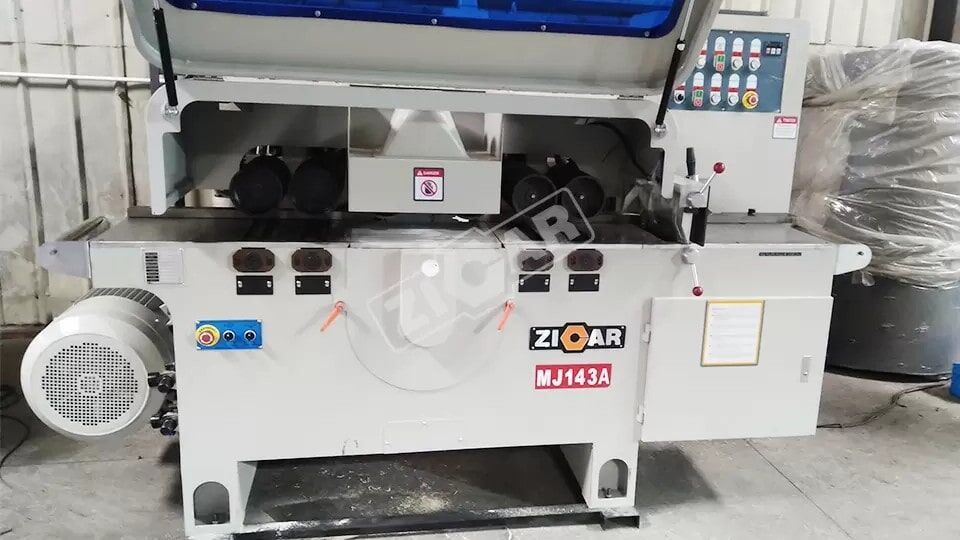
Related recommendations
Best quality, best service
Please give us a message
The More You Know Us, The More You Trust Us!
We trust that our experience and intimate knowledge of this line will entitle us to your confidence.
Email: sales@jayacn.com
Add: NO.216 Zhongkai Road, Qinshui Industrial Park, Muping District, Yantai City, Shandong China

